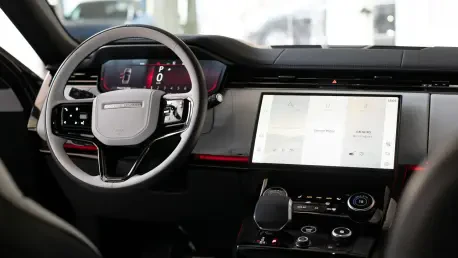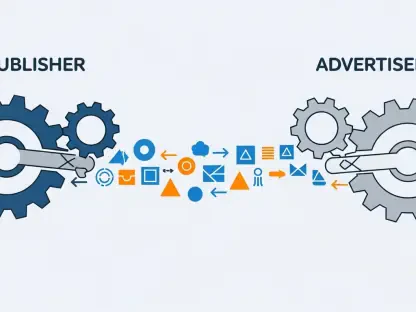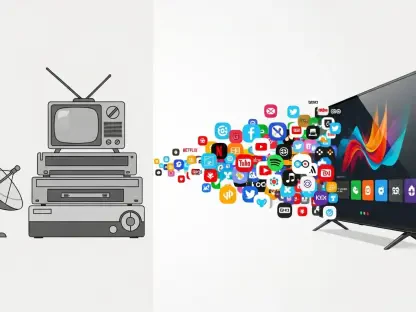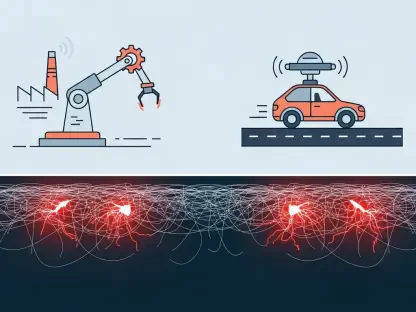In today’s world, where road accidents remain a leading cause of injury and fatality, emerging technologies offer a beacon of hope. Vehicle-to-everything (V2X) technology promises to revolutionize transportation by enabling vehicles to communicate seamlessly with each other and their surroundings. Imagine a scenario where your car receives critical live updates about road conditions, enhancing both safety and travel efficiency. What if technology could drastically reduce congestion and accidents while transforming urban spaces into smart cities?
Unlocking the Potential of V2X
As the demand for safer, more efficient transportation systems grows, V2X technology emerges as a crucial tool. It specifically addresses issues like traffic congestion and collision reduction while facilitating urban planning. By enhancing communication pathways between vehicles, road users, and infrastructure, V2X becomes instrumental in prioritizing personal safety and improving travel efficiency.
Innovations from Verizon and Qualcomm
Two technological powerhouses, Verizon and Qualcomm, are taking strides to ensure this vision turns into reality. Verizon’s Edge Transportation Exchange offers vehicle OEMs and transport bodies a robust platform leveraging 5G and LTE networks for advanced communications. Meanwhile, Qualcomm’s acquisition of Autotalks highlights the industry’s push toward embedding V2X technologies into vehicle chipsets, exemplified in their Snapdragon Digital Chassis. Noteworthy real-world applications include pilots led by groups such as Arizona Commerce Authority and Delaware Department of Transportation, showcasing pivotal uses like pedestrian alerts and swift tolling systems.
Expert Perspectives on the Future of V2X
Leading experts from transportation sectors provide a wealth of insights into the benefits and challenges of integrating this technology. Commentators from Rutgers University’s Center for Advanced Infrastructure and leaders from Arizona Commerce Authority emphasize how V2X can revolutionize transportation models and contribute to enhanced safety protocols. Such inputs underscore the partnership-driven nature of advancing V2X systems, aligning with expert expectations for widespread adoption.
Embracing the Shift to Intelligent Infrastructure
As the path to integrating V2X technologies unfolds, several strategies emerge as pivotal. Transportation agencies are encouraged to simplify the adoption of V2X by investing in infrastructure readiness. Policymakers play a crucial role by fostering supportive frameworks to boost V2X innovation. In parallel, OEMs and cities must work synergistically to strengthen smart city initiatives by embedding V2X solutions across infrastructures. These strategies ensure a seamless assimilation of V2X into modern transportation landscapes.
Reflecting on these developments, the progress led by Verizon and Qualcomm propelled the V2X technological wave forward, broadening its applications from enhancing vehicle communication to improving alert systems within autonomous vehicles. By exploring strategic partnerships and regulatory support, this innovative stride in vehicle technology paved the way for substantial advancements in ensuring safer roadways and efficient transportation systems.
Overall, the integration of V2X has vividly illustrated how technology could reshape transportation norms and safety standards. With practical applications already setting new benchmarks, the endeavors herald continued evolution, where cities are poised to become smarter, and roads safer. This transformative phase reinforced the commitment to leveraging advanced tech for public good and urban enhancement, proving that the future of transportation is firmly grounded in such pioneering advances.









